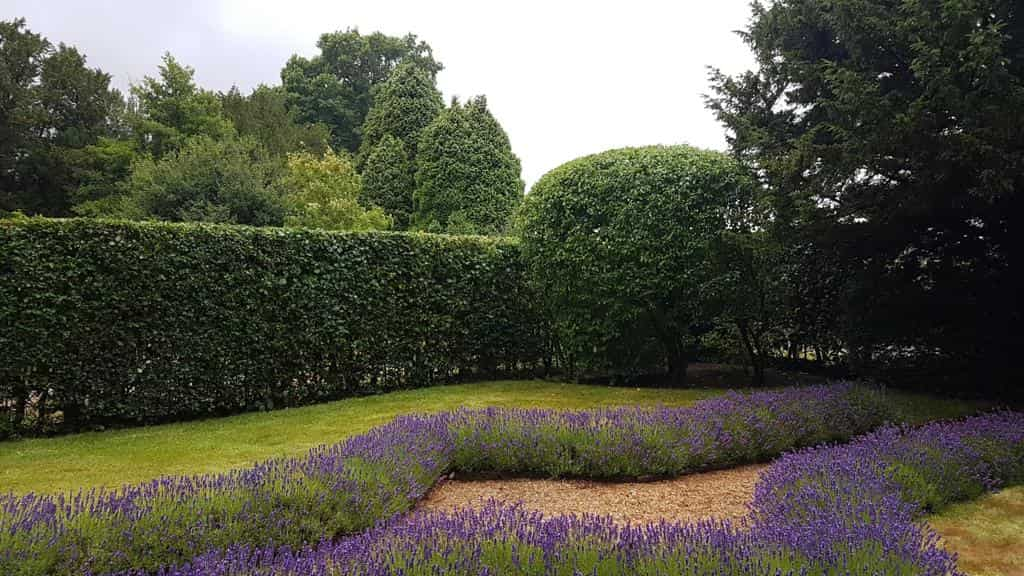When it comes to tree care, the terms “cutting” and “pruning” are often used interchangeably, but they refer to different techniques that require careful consideration of timing and the overall health of the tree. Understanding when to cut and when to prune is essential for maintaining healthy trees and promoting their longevity. At EM Tree Surgery Gloucester, we specialise in providing expert tree care services, ensuring that each tree is treated at the right time for optimal growth and health. In this blog post, we’ll explain the difference between cutting and pruning, and why timing plays such a crucial role in the process.
What Is the Difference Between Cutting and Pruning?
While both cutting and pruning involve the removal of tree parts, the purpose and technique of each vary.
Cutting:
Cutting typically refers to the removal of larger branches or the complete felling of a tree. This is often done to manage the size of the tree, remove dead or dangerous branches, or remove the entire tree. Cutting is usually a more drastic measure and is typically done for safety, aesthetics, or to address significant damage.
- Tree removal: In cases where a tree is diseased, dead, or dangerous, cutting may involve complete removal to protect surrounding structures or the safety of those in the area.
- Removing large branches: Cutting may also be required for large, dead branches that could fall and cause damage.
Pruning:
Pruning involves the selective removal of smaller branches or stems to improve the tree’s shape, health, and growth. It is a more controlled process, aimed at encouraging healthy development and maintaining the tree’s structure.
- Encouraging growth: Pruning helps to stimulate new growth by removing dead, diseased, or overcrowded branches, which allows the tree to focus energy on healthier parts.
- Maintaining shape: Pruning is also used to shape trees, improve their appearance, and prevent overcrowding, especially in ornamental trees.
When to Cut: The Best Timing for Tree Cutting
Tree cutting is often necessary for safety or to deal with significant damage, but it should be done at the right time to avoid unnecessary stress on the tree.
1. When the Tree Is Dead or Dying
Dead or dying trees pose a significant risk to nearby structures, power lines, and people. Cutting these trees as soon as possible is essential for preventing accidents or property damage. It’s best to remove such trees during the dormant season when the tree is not actively growing, typically in late autumn or winter.
- Dormant season: Cutting during this time reduces stress on the tree and is safer for the tree surgeon as it’s easier to assess the condition of the tree without foliage obstructing the view.
2. After Storm Damage
If a storm has caused substantial damage to your tree, it may need to be cut back to remove hazardous or broken branches. The best time to address storm damage is immediately after the event to prevent any further harm or potential injury.
- Storm damage: Cutting should be done carefully and quickly after a storm to prevent additional damage or threats from broken branches.
3. To Remove Large Dangerous Branches
Large branches that overhang buildings, roads, or power lines can be dangerous if left unchecked. These branches should be cut down before they become a safety hazard. Ideally, this should be done in early spring or late winter before the tree enters its active growth phase.
- Safety concerns: Addressing these risks early prevents potential accidents or damage to structures.
When to Prune: The Best Timing for Tree Pruning
Pruning is all about maintaining the health and structure of the tree. It helps trees grow stronger, maintain their shape, and prevent disease. However, the timing of pruning is critical for achieving the desired outcome.
1. Early Spring (Before New Growth Starts)
Pruning in early spring, before new buds or growth appear, is ideal for most trees. During this time, trees are still dormant, meaning they are less likely to suffer from the stress of pruning. Early spring pruning encourages strong new growth and helps the tree recover quickly once the growing season begins.
- Encourage healthy growth: Pruning at this time ensures that the tree can focus its energy on new growth.
- Shape and structure: Early spring is a great time to remove dead or unhealthy branches and shape the tree, ensuring it grows in the right direction.
2. Late Summer or Early Autumn (For Some Trees)
Late summer or early autumn can also be a good time for pruning certain trees, especially those that bloom in the spring. By pruning after the blooming season, you allow the tree to focus its energy on developing buds for the next season. However, avoid heavy pruning in the late autumn, as this can interfere with the tree’s ability to properly harden off for winter.
- Post-bloom pruning: Trees like flowering cherries, lilacs, and magnolias benefit from late summer pruning, as it allows them to develop strong buds for the next season.
3. Remove Deadwood Throughout the Year
One of the best practices for tree health is to remove dead or diseased branches throughout the year. Deadwood can be a source of disease and pest infestation. It’s crucial to remove it promptly to ensure the tree’s health, regardless of the season.
- Minimise disease risk: Regularly removing deadwood ensures the tree remains healthy and prevents it from becoming a breeding ground for pests and fungi.
Why Timing Is Everything in Tree Surgery
The timing of when you cut or prune your trees is crucial to their health, safety, and appearance. Cutting a tree at the wrong time can cause unnecessary stress and leave the tree vulnerable to disease and pests. Similarly, pruning at the wrong time can interfere with the tree’s natural growth cycle, leading to weakened structure or poor growth.
Here are a few reasons why the right timing is essential:
- Minimise stress on the tree: Cutting and pruning at the wrong times can weaken the tree and make it more susceptible to disease or environmental stress.
- Promote healthy growth: Pruning and cutting at the right times ensures that the tree can recover quickly and continues to grow strong and healthy.
- Safety: Properly timed pruning ensures that branches are not left to grow in dangerous directions, reducing the risk of damage or injury.
Conclusion
Tree surgery is a vital part of maintaining the health, beauty, and safety of your trees. Whether you need to cut a tree for safety reasons or prune it to encourage healthy growth, understanding the right time to carry out these tasks is crucial. Properly timed tree surgery not only ensures the tree’s well-being but also protects your property from potential damage.
At EM Tree Surgery Gloucester, we offer expert tree care services, including cutting and pruning, to ensure your trees remain healthy, safe, and beautiful. If you’re unsure about when to cut or prune your trees, contact us today for professional advice and services. Our experienced team in Gloucester, Gloucestershire, is ready to help keep your trees in top condition, enhancing the value and beauty of your property.
Call us today to schedule your tree surgery services with our professional team!
Call us on: 01452 941 558
Click here to find out more about EM Tree Surgery Gloucester
Click here to complete our contact form and see how we can help with your tree’s needs.

